For many people, especially Americans, the scale of the coronavirus crisis is an event that has reshaped society in lasting ways, it has changed how we live on a daily basis, how we work, how we travel, how we interact, the level of security and surveillance we need to diligently apply, and even to the language we use.
A global, novel virus that has kept us contained in our homes—is already reorienting our relationship with government, the outside world, and even with each other.
Moments of crisis also present an opportunity: more sophisticated and flexible use of technology, a revived appreciation for the outdoors, and life’s other simple pleasures.
No one knows exactly what the outcome will be but we are aware that there will be changes; changes in society as we know it, healthcare, the economy, our lifestyles, mental well-being, and much more—many things will have to change.
The COVID-19 crisis has radically changed the way people live and work. Most studies have focused on the prevailing negative consequences, at the same time potential positive shifts in everyday life have received less attention.
About 30% of employees said their work and personal lives had deteriorated, while 10% said their work had improved and 13% said their personal lives had improved.
Mandatory short-term employment was strongly linked to a bad impact on work-life, it affected the young, those living alone, our association, and leisure time, these were all highly linked to a negative impact perception.
At the same time, living with a spouse or family, having a part-time job, and increased leisure time and care responsibilities, were all linked to a favorable impact on private life.
Working from home, especially when done for the first time, was substantially linked to a favorable effect on work life.
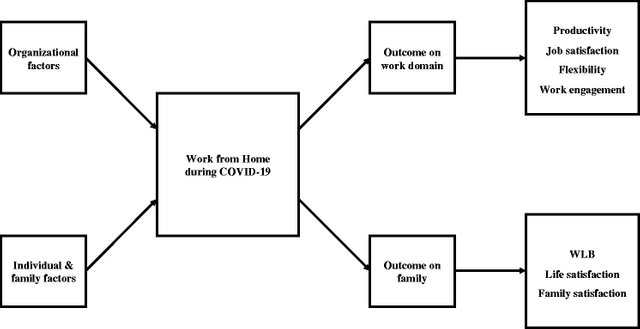
Source: US Census Bureau
Average Income by Age
Based on the data from the US Bureau of Labor Statistics, 2021 (2nd Quarter)
Median Monthly Earnings of Full-Time Wage and Salary Workers by Age Group
Here the numbers are adjusted for monthly wages to give you a complete picture of the impacts of age on average monthly wages in the US.
65+ years of age: $4,297 per month
55–64 years of age: $4,910 per month
45–54 years of age: $4,927 per month
35–44 years of age: $4,862 per month
25–34 years of age: $4,032 per month
20–24 years of age: $2,750 per month
Source: US Bureau of Labor Statistics
According to a report provided by the US Census Bureau, the real median household income for the United States in 2019 was $68,703 per annum.
Source: SSA
How many Americans are poor?
In 2019, there were 34 million people below the poverty line in the US. Since 2014, the poverty rate in America has declined every year. The poverty rate in the US decreased from 11.8% in 2018 to 10.5% in 2019.
It decreased from 14.8% in 2014 to 10.5% in 2019. When you look at the percentage points, it might not seem that big, but take a look at real numbers: in 2019, America had 4.2 million fewer people in poverty than in 2018.
If you are a member of the 34 million or your income falls below the median annual wage you might be struggling or at the very least, life may be challenging.
The harsh reality is that the rich are getting richer and the middle class is dwindling, so there are no masked riders or caped crusaders who are going to materialize and miraculously declare “High-Ho Silver, and Away”.
Post-Covid we have a choice; we can do nothing and wish for something to happen or we can try to do something about it.
If you cannot save money, you are living from paycheck to paycheck.
We need to break out of this cycle. It leads to nowhere.
The Original Penny Challenge:

The penny challenge is a 365-day challenge where you start with a penny, add $.01 every day, and you’ll have hundreds of dollars by the end of the year. With the penny challenge, the largest deposit will be $3.65, which should be achievable.
You’ll have $668 if you complete the challenge successfully.
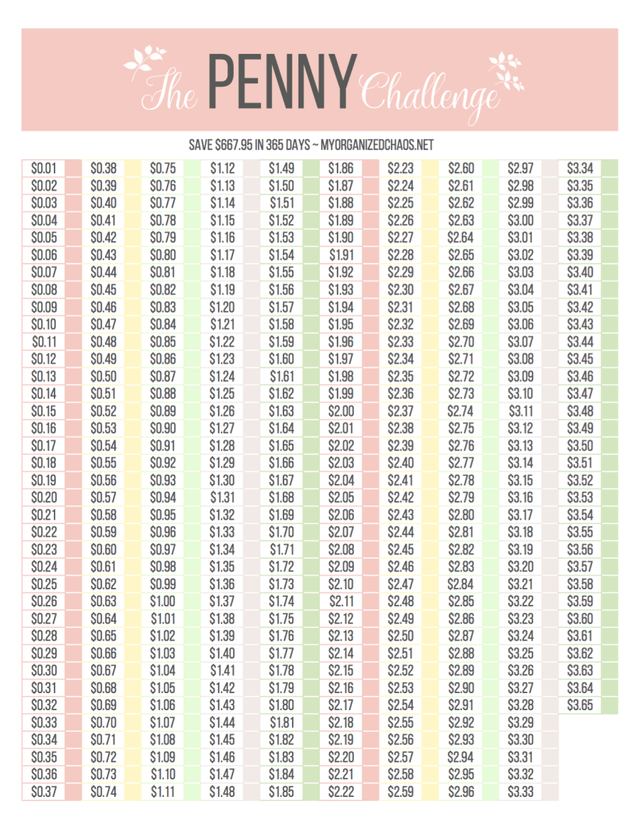
The Nickel Challenge:
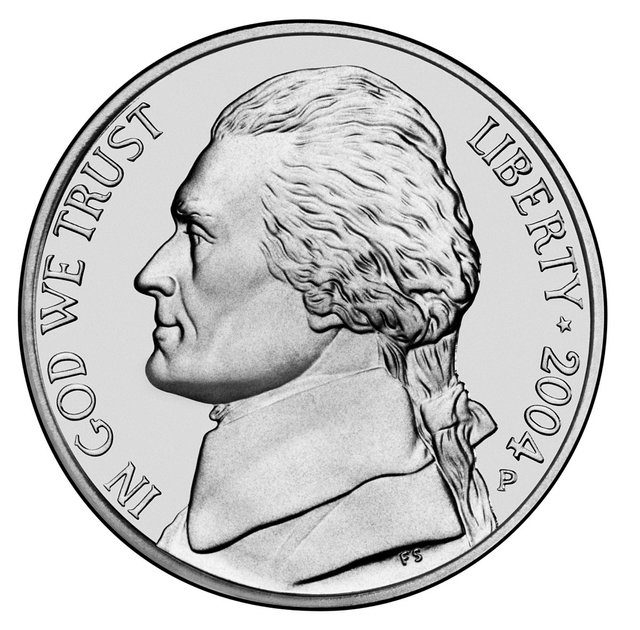
How about the 365-day nickel challenge, it is a money savings challenge, you can start with just 5 cents.
You start by saving a nickel on day 1. (USA 5 cents, $0.05)
On day 2 you save ten cents to the balance from the previous day.
On day 3 you save fifteen cents to the balance from the previous day.
On every subsequent day, you add an extra nickel amount to the amount of the prior day's savings.
On day 10, you’ll be depositing $0.50 to the $2.25 that you have already saved.
On day 100, you’ll be depositing $5.
While the daily deposits seem small and insignificant, they add up quickly over time. If you don’t miss a day, on day 365, you save $18.40, bringing your total savings for the year to $3,339.75.
Money challenges can be fun and motivating.
If you have trouble saving money, the 365-day nickel challenge might be worth a try.
All you need is one nickel to get started.
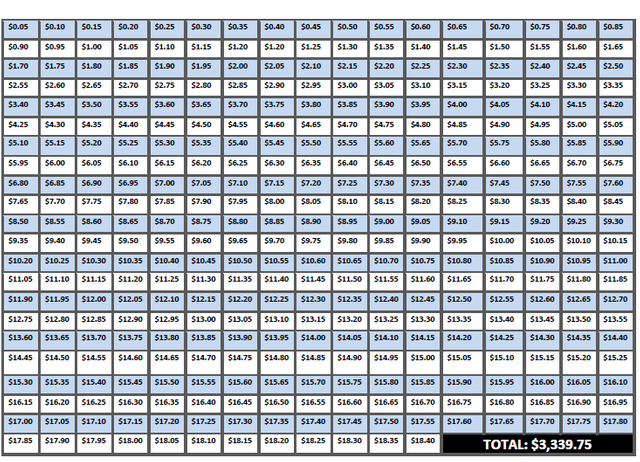
Some money challenges are beneficial, but most individuals find them difficult to complete since they demand large sums of money towards the end.
With this challenge, you can save a nice chunk of change by starting small with your saving habit and not needing to come up with excessively large sums of money to stay on track towards the end.
Keep in mind, that doing the challenge with actual nickels isn’t practical as you’d need 66,795 of them.
You probably don’t want to stand in line at the bank every day depositing physical nickels and getting strange looks from bank tellers either.
It may be advantageous to make weekly deposits in the initial stages, for example week one will yield $1.40, have fun with it, mark it off on the calendar, 1=0.05, 2= (day 1 + 0.10) 3= (day 2 + 0.015) 4= (day 3 + 0.20) 5= (day 4 + 0.25) 6= (day 5 + 0.30) 7= (day 6 + 0.35) …and so on.
Toward the end of the challenge, it might get a bit tougher.
On day 200 and beyond, coming up with $10 to $18.25 per day might require figuring out where that money is going to come from.
Ok, so you have been steadfast, you have completed the challenge.
What Will You Do With $3,339.75?
Work out where you are going to keep $3,339.75 beforehand.
If you need extra motivation, pick a specific goal before you start.
For example, you could: Start an emergency fund
Start a college fund for your kids
Use the money for holiday gifts
Put it toward your student loan
Pay off any outstanding credit card debt
Whatever your savings goal is, start with the end in mind then go from there.
Keeping up with the challenge on a daily basis might mean making small sacrifices, cutting out impulse purchases, or finding ways to spend less on necessities and discretionary purchases.
Those aren’t necessarily bad things, but freeing up extra money by slashing expenses to keep the challenge going can be difficult.
The Dime Challenge:
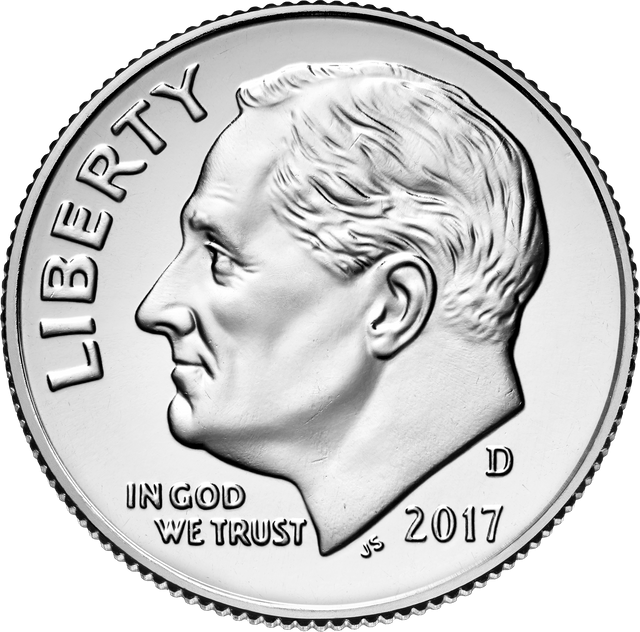

Creating new daily habits that contribute to your health, wealth, or happiness is a good thing.
Putting aside extra cash, establishing good money habits, and cutting back on wasteful spending are all good things.
If you have a problem with overspending or have neglected to put money into savings, this could be a challenge for you.
You eliminate bad spending habits too. As the amount you have to save gets bigger, you may decide to cut unnecessary expenses
Maybe the idea of savings challenges appeals to you, or perhaps you’re looking for a fun money challenge for the children to teach them about the importance of saving money and building good savings habits.
100 Day Envelope Challenge:
If you want to aggressively save money by raising the difficulty level and the amount of money you’ll save, you could do the 100-envelope challenge.
It’s not easy and it might not be the most fun money-saving challenge if you struggle with it, but it is one of the more popular savings challenges.
If you complete it, you’ll save $5,050 in 100 days.

This may sound cli·ché, but, when the going gets tough, the tough really need to get up and go.
Some people do not know how to save money.
These are basic steps designed to take us up and off the floor, and leave us in a better place.
These elementary lessons can also be used to educate young ones about the value of saving.
For those of us who find ourselves in the deeper waters of debt, there are still avenues available to us.
You can find help here:

https://sites.google.com/view/plt-moneysavingtips/home
CAN I SHARE THIS REPORT: Yes, This report was written for the benefit of everyone, you are welcome to share it? Feel free to post it online, share it on social media, add it to your blog, or email it to your friends, the only request is that you do not alter it. Thank you.
